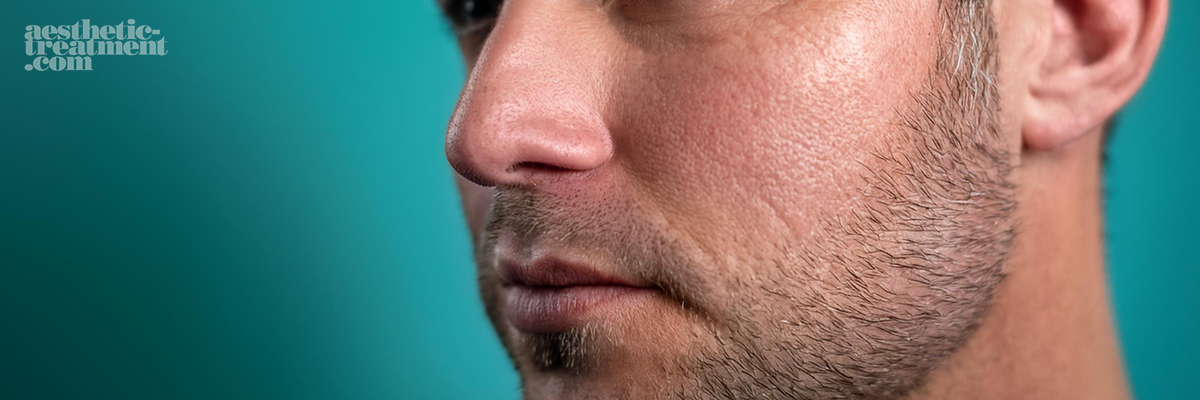h3>Benefits of Chemical Peels for Skin Texture Rejuvenation
Enhanced Skin Texture and Tone Chemical peels effectively exfoliate the skin, removing dead skin cells and promoting the growth of new, healthy cells. This process results in smoother skin texture, improved tone, and a more radiant complexion.
Reduction of Fine Lines and Wrinkles By stimulating collagen production and cell turnover, chemical peels can reduce the appearance of fine lines and wrinkles, giving the skin a more youthful look.
Treatment of Acne and Acne Scars Chemical peels, particularly those containing salicylic acid, can help reduce acne by unclogging pores and controlling oil production. They also improve the appearance of acne scars by promoting skin regeneration.
Diminished Hyperpigmentation Chemical peels can lighten dark spots, melasma, and other forms of hyperpigmentation by exfoliating the discolored skin cells and encouraging an even skin tone.
Minimal Downtime with Superficial Peels Superficial peels offer minimal downtime, making them a convenient option for those with busy schedules. Patients can often resume their normal activities immediately after the procedure.

